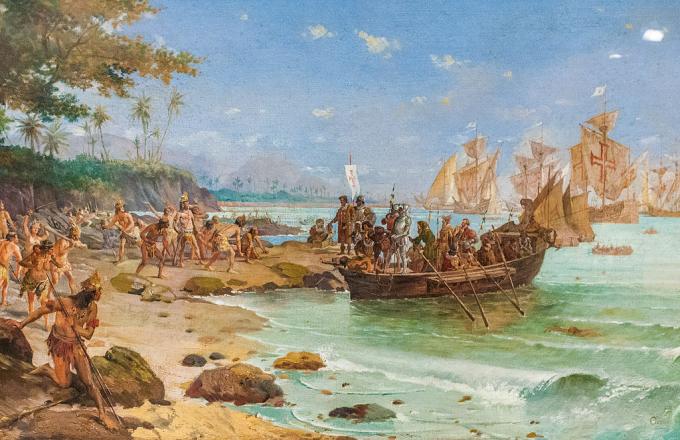One of the main ways of getting to know the horrors of wars is mainly through accounts written by people who have lived through conflicts on a daily basis. Thus, the war reports they are important historical sources for studying the impacts that wars have had on individuals and for knowing details that are not found in official documents.
During the Second World War, the most destructive war in human history, with more than 100 million deaths, also occurred the Holocaust (persecution and systematic murder of the population of Jewish origin by the Nazi government) in German territory and in those that were conquered during the battles. the Nazis created ghettos in cities, which were spaces destined for Jews with the aim of segregating them from the rest of the population.
Resistance to this situation took various forms, some passive, others more active, which resulted in accounts of living conditions during World War II. A famous case is that of the Jewish girl Anne Frank, who lived for a time with his family in a basement, an annex of an office in Amsterdam, Netherlands, under the protection of Miep Gies and Bep Voskuijl, friends of his father Otto Frank.

Stamp honoring the young Jewish girl Anne Frank. Written during World War II, her diary exposed some of the horrors committed by the Nazis.*
At the age of 13, in 1942, Anne Frank received a diary as a gift in which she began to write about her daily life and about the living conditions they were subjected to in this basement. She reported her impressions about life in that small space, how they fed and the relationships they established with people. Anne wrote in her diary until the day the hideout was discovered, on August 4, 1944, when she and her family were taken by Nazi troops to concentration camps and killed. Her case became famous because her father, who survived, received the diary from his protectors and decided to find ways to publish it, which occurred in 1947.
Do not stop now... There's more after the advertising ;)
Another case, less notorious, was the one carried out by Emanuel Ringelblum. Although not a personal account of the war, its importance lies in the vast documentation which managed to be gathered on the living conditions of Jews in territories dominated by the Germans. Ringelblum was a Polish historian who lived in the Warsaw ghetto. There, he created a network of collaboration among various residents with the aim of recording the living conditions of Jews segregated in the largest ghetto formed by the Nazis. The work called as "Oyneg Shabbos Archives” gathered more than 35,000 pages, which contain information on official Nazi documents, food ration cards, newspapers, drawings, posters, literary works, etc. The effort had the support of dozens of activists from various professions who aimed to keep alive in history the barbarities inflicted on Jews by the Nazis.
These actions are important for us to know the reality experienced by people during the horrible periods of war.
* Image credits: rook76 and Shutterstock.com
By Tales Pinto
Graduated in History
Would you like to reference this text in a school or academic work? Look:
PINTO, Tales dos Santos. "The War Reports"; Brazil School. Available in: https://brasilescola.uol.com.br/historia/relatos-guerra.htm. Accessed on June 27, 2021.


